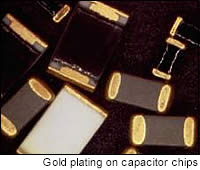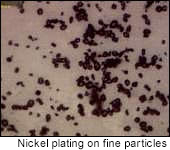(5) Air ratio control in combustion
To increase the thermal efficiency of a boiler, it is necessary to improve the combustion efficiency. In general, liquid fuel and gas fuel are used for combustion. In both cases, all of their energetic materials, such as carbon (C) and hydrogen (H), must be converted into thermal energy where required.
Combustion is a phenomenon that combustible substances chemically combine with oxygen in the air to produce thermal energy. Complete combustion is a combustion reaction that consumes all of the combustible substances to produce heat at 100% efficiency. The burn-up equation of carbon and hydrogen is as follows:
| C | + | O2 | → | CO2 |
| 12kg | 32kg | 44kg | ||
| H2 | + | 1/2O2 | → | H2O |
| 2kg | 12kg | 18kg |
From this formula, we can see that 12 kg of carbon requires 32 kg of oxygen to achieve complete combustion. Fuel analysis allows you to estimate how much oxygen is required for a certain fuel type to combust completely based on the combustible components.
In addition, oxygen required for combustion is supplied from the air. From the atmospheric constituent listed in [Table 1], you can also estimate the air volume required for complete combustion.
[Table 1] Atmospheric constituent (%)
|
![[Fig.1] Exhaust gas concentration and air ratio [Fig.1] Exhaust gas concentration and air ratio](/tt/en/surface/278.gif)
However, complete combustion is not possible at the theoretical air volume in actual combustion processes. Unburned fuel will be emitted as black smoke and discharged from a chimney. This is due to an inefficiency of combustion burners. Burners currently available are not capable of achieving complete combustion.
To eliminate the emission of black smoke, it is necessary to feed more volume of air than the theoretical requirements for combustion. However, excess air will lower temperature inside the furnace and will increase the exhaust gas temperature and heat loss. The combustion management required here is called 'air-ratio control'.
From [Table 1], fresh air fed in the boiler contains 21% of oxygen. The concentration decreases because this oxygen will be consumed in the combustion process. The concentration of consumed oxygen can be determined by measuring oxygen concentration in the exhaust gas. ([Fig.1])
Calculate the air ratio by the following formula:
The air ratio is generally managed at 1.3. Besides the oxygen concentration, the air ratio is also controlled by the CO2 concentration increased by combustion.


![[Fig.] shows the increasing amount of oxidization measured at certain temperatures after heating the various types of steel plates. [Fig.] shows the increasing amount of oxidization measured at certain temperatures after heating the various types of steel plates.](/tt/en/surface/125.gif)
